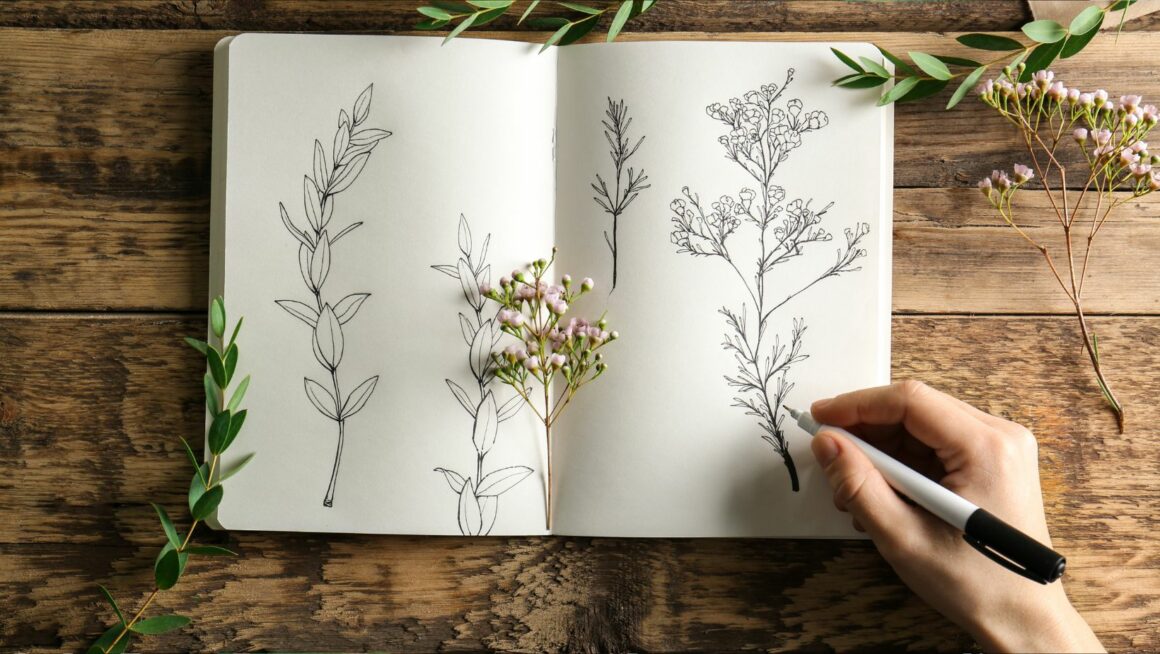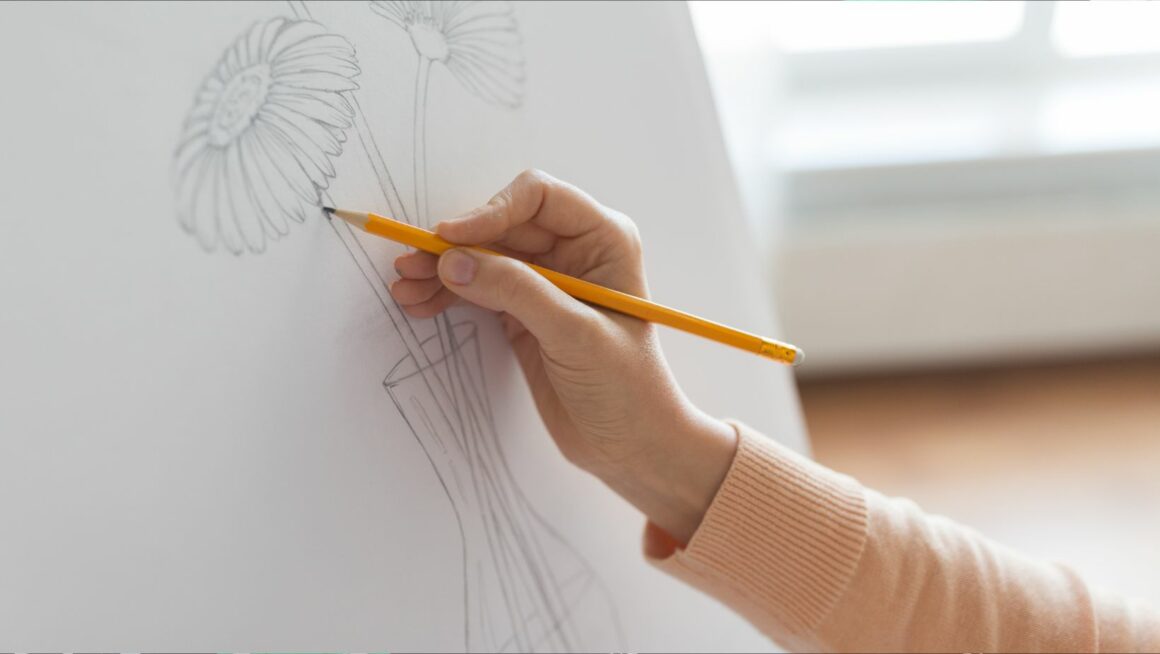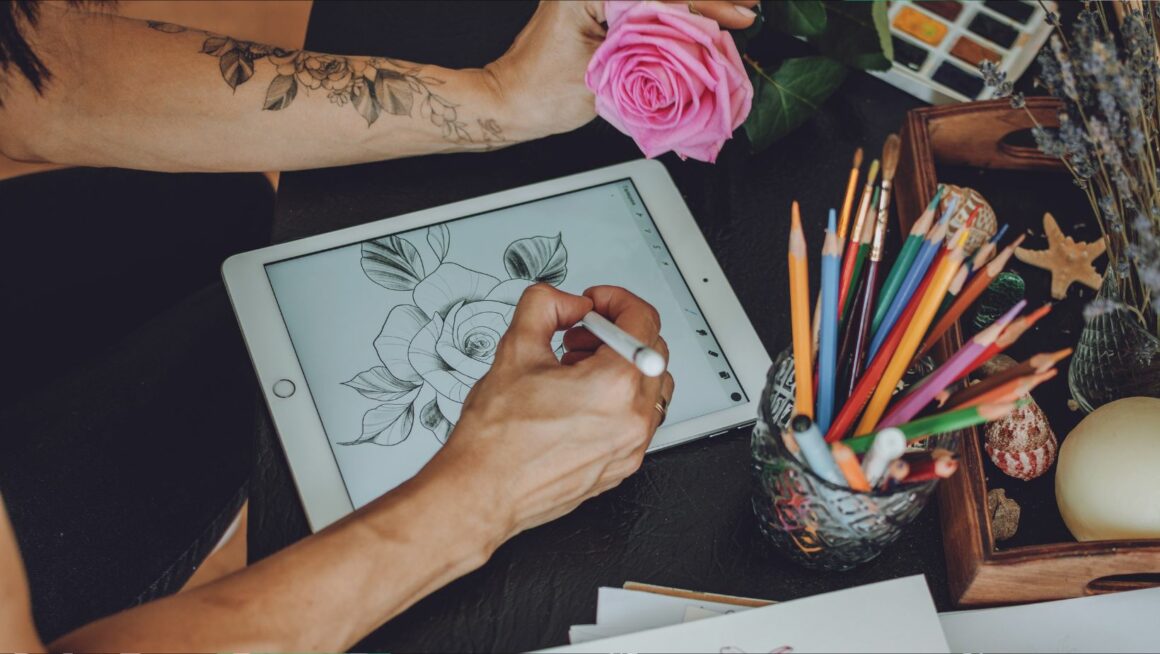
Drawing flowers serves as a valuable tool for enhancing observation skills and connecting with nature. Drawing flowers requires keen attention to detail, training the eye to observe the intricate shapes, textures, and patterns present in nature.
Drawing:b6yad8or5mm= Flower

By studying the unique characteristics of each flower, individuals can improve their ability to notice subtle nuances in their surroundings.
Engaging in the art of drawing flowers fosters a deep connection with the natural world. It allows individuals to appreciate the beauty of flowers up close, leading to a greater understanding and respect for the environment. Drawing flowers provides a meditative experience that can instill a sense of calm and harmony by immersing oneself in the serene and captivating world of botanical art and residential design.
Essential Materials for Drawing Flowers
When drawing flowers, having the right materials is crucial for bringing your botanical creations to life. From the type of paper to the selection of pencils and colors, each element plays a vital role in capturing the beauty of nature on canvas. Here are some tips for building the best flowers you can imagine.

Selecting the appropriate paper for drawing flowers can significantly impact the outcome of your artwork. It’s recommended to use heavyweight paper with a smooth surface to ensure durability and ease of sketching intricate floral details. A paper with a medium texture can enhance the depth and dimension of your flower illustrations, allowing you to layer colors and shading effectively.
The choice of pencils and colors can greatly influence the vibrancy and realism of your floral drawings. Opt for high-quality graphite pencils in varying degrees of hardness to achieve precise lines and shading. When selecting colored pencils or watercolors for adding hues to your flowers, choose a wide range of shades to capture the diverse colors and tones found in nature. Experimenting with different color combinations can help you create stunning and lifelike floral compositions.
Step-by-Step Guide to Drawing a Flower
Drawing a flower involves a few key steps that can help bring your botanical illustration to life. By following a structured approach, you can create a beautiful and detailed depiction of a flower with depth and realism.

When starting to draw a flower, it’s important to begin with a basic outline of its shape. This initial sketch sets the foundation for the rest of your drawing. Using light and quick strokes, outline the overall shape of the flower, including its petals and stem. Focus on capturing the proportions and general structure of the flower before moving on to more intricate details.
Once you have the basic outline in place, it’s time to add details and textures to make your flower drawing more realistic. Pay close attention to the individual petals, leaves, and other elements of the flower. Use varying line weights to create depth and dimension in your drawing. Add shading to create highlights and shadows, giving your flower a three-dimensional appearance. Experiment with different techniques to convey the unique textures of the flower, such as stippling for a bumpy surface or cross-hatching for a smoother look.
Different Techniques for Flower Illustrations
Drawing flowers offers a myriad of techniques for artists to explore, each contributing to unique and captivating illustrations. Whether using traditional mediums or digital tools, the diverse range of methods allows for creativity and expression to flourish.

Watercolor is a popular medium for creating delicate and ethereal flower illustrations. Artists can achieve stunning results by layering transparent washes of color to capture the subtle tones and textures of petals. By using techniques like wet-on-wet or dry brushing, one can create beautiful gradients and soft blends, adding depth and dimension to floral compositions.
In the realm of digital art, illustrators have a plethora of tools and software at their disposal to craft intricate flower designs with precision and detail. From using digital brushes to simulate traditional painting techniques to leveraging specialized software for creating realistic botanical illustrations, the digital medium offers endless possibilities for experimenting with colors, textures, and effects to achieve striking floral artwork.












